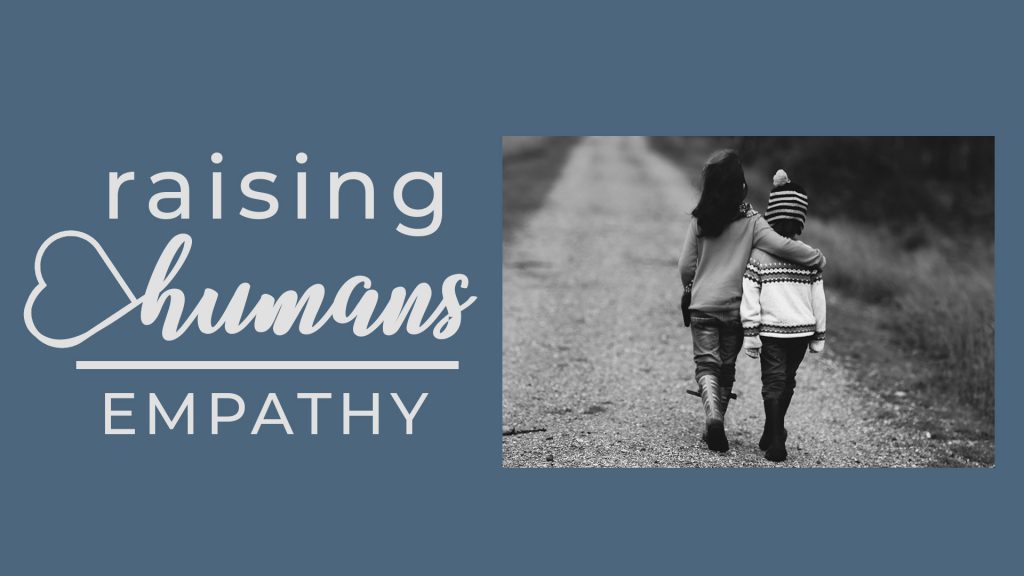
“You never really understand a person until you consider things from his point of view,until you climb inside his skin and walk around in it.”
—Atticus Finch, To Kill a Mockingbird
A Lesson from the McDonald’s Play Place
“Mommy?” Charlee waited patiently for me to lift my head up from my book. The play land buzzed with the delightful squeals of children going up and down, in and through the play structure.
She began again with her signature sigh, “Mommy. A girl was crying on the slide.” Looking to the red plastic slide, I expected to see a tearful child, but none was in sight. Curious I asked, “Well. Did you ask her what was wrong?” She scrunched her nose. “No. I just watched.”
After a stifled snort, I explained to her when we’re sad, we need a friend. “Next time,” I said, “you can ask her what’s wrong. Maybe offer a hug? Or help her find her mommy?”She said nothing but I could see her connecting the emotional dots behind those dark brown eyes.“Now go play.” She smiled and ran off.
I look down at my book, but the words were overshadowed by my distracted thoughts. My daughter isn’t mean. Most of the time she is a very thoughtful kid. And yet, she didn’t know how to respond to the pain of another child.
That day on the play land, I learned a significant lesson: empathy for others does not come naturally. In fact, it’s a skill best developed over time through every-day experiences.

Teachable Talk—When we’re sad we need a friend.
Sit with Me
There’s a fantastic illustration of empathy found within the storyline of the beloved Pixar film: Inside Out. In this scene, Riley’s imaginary friend, Bing Bong, has lost the Rocket Wagon. For him, a red wagon decked out with cardboard wings and broomstick boosters is more than a childhood toy. Losing the Rocket Wagon means losing Riley. “Riley can’t be done with me!” he says. The emotion Joy works to cheer him up. She tries tickles, silly faces, and changing the subject. Sadness, however, sits with Bing Bong in his pain. She provides the safe space he needs to feel.
In this sweet moment between two unlikely characters—an imaginary pal who cries candy tears and a character aptly named Sadness—we witness a tangible illustration of empathy. Empathy is sitting with a friend in their pain or sadness. We don’t try to fix it or encourage them to move on. We just sit.

Empathy is sitting with a friend in their pain or sadness. We don’t try to fix it or encourage them to move on. We just sit.
What Does the Bible Say About Empathy?
In John 11, Jesus receives news that his dear friend Lazarus is very sick. Mary and Martha, the sisters of the sick man, call for Jesus. Instead of leaving immediately, Jesus delays his departure. This doesn’t surprise his disciples. Judea isn’t the safest place for him to be right now. Two days pass, and then Jesus announces, “Lazarus is dead” and it’s time to go see him. He sees Martha first. She’s sad and even points out that maybe if Jesus had been there sooner, Lazarus would still be alive. He assures her she will see Lazarus again, but she misses the point entirely. Yes, she agrees, she will see her brother at the resurrection in the last day. She calls for Mary, who comes with tears streaming and questions bubbling. The mourners follow behind—not really aware of what is happening. She falls at his feet. “If only you had been here!”
Let’s start here:
When Jesus saw her weeping, and the Jews who had come with her also weeping, he was deeply moved in his spirit and greatly troubled. And he said, Where have you laid him?” They said to him, “Lord, come and see.” Jesus wept.
The Son of God, who knew what he was about to do, was deeply moved. His friend Lazarus would live again in the next 5 minutes, and yet, Christ was greatly troubled. He was moved by the loss Mary felt. The King of kings—the one who knew the great joy that was about to be called forth—felt empathy. With Christ as our example, we can teach our children to share in the sadness of others as well.
How Can We Teach Empathy to Our Children?
Practicing empathy is not easy to do. It involves feeling the pain of another. But when we are willing to feel with others, we show them we are there for them.
Although some children are more naturally empathetic, empathy is a learned skill. Like strengthening a muscle, the more we practice empathy the more empathetic we become. The following are activities you can do with your kids to strengthen the muscle of empathy.
Talk it Through
Your child may see the pain of another child, but just lack the skills to act appropriately. Take the time to talk through what they see and discuss appropriate responses. Then, if you can, help them act in the moment.
I remember my son’s reaction when a little girl took a minor fall off her bike. Her scrapes were fresh and her tears hot. Dom tugged at my shirt, “Mommy? I want to make a card for Scarlett.” My heart smiled. He couldn’t stand to see her in pain, but he didn’t know how to bring her comfort in that moment. What he did know how to do was make a card.
“You know, bud. That’s a great idea. But what if you gave her a hug or picked up her bike?”
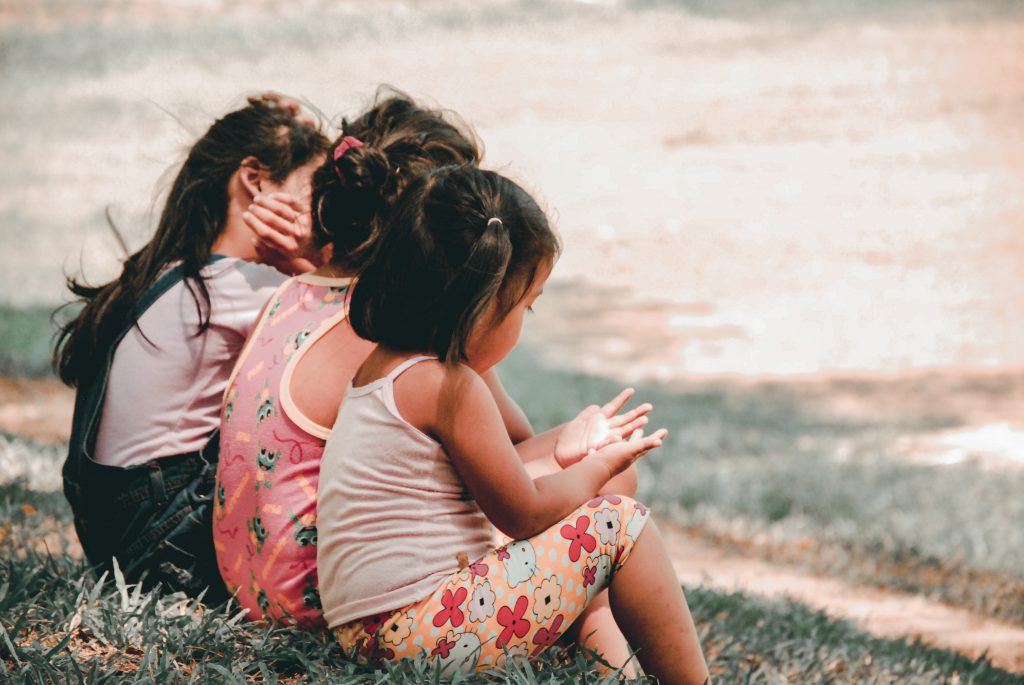
Teachable Action—Sit with me.
See it Through
Confession time. I hate “I’m praying for you” comments on social media. Although I’m guilty of posting them on occasion, I try to avoid it. Why? Because it feels like a cop out. An easy “out”. I said I would pray for you so now I’m off the hook for caring further. I say a better way to respond to a person’s needs is not a cliché’ “I’m praying for you” but rather dropping off a meal or a gift card. It’s meeting the need.
But in order to meet the need, you have to feel the weight of it first. When a friend openly confides that she is overwhelmed, we have two options: feel their pain and respond or avoid feeling their pain and move on.
Empathy moves us to action. And our children learn from our actions. And they really want to learn. They want to be taught what it’s like to show love.
But how? That could be as simple as including them in the process of bringing a meal to a friend in need. Or enlisting them to pull in a neighbor’s trash can from the curb.

Let Them Feel Pain
We want to protect our children from pain. However, pain is inevitable. Whether it is being left out or called names or simply ignored, when we feel pain our empathy radar grows. Being the new girl who has no friends makes you want to be a friend to the next new girl.
Let Them Fail
Have you ever totally missed the pain a friend or coworker was feeling? Or had a selfish moment and didn’t put in the effort to care for a friend or neighbor? The answer is—yes, of course.
Our kids will miss the point and be selfish as well. What I’ve learned to do when they miss the point is to tell the person involved that “we are learning about empathy right now”. And then when I have a chance—either in that moment or later—talk about what just happened with my child so we can consider how to better handle it next time.
Bring it Home
Want to give it a try in your family? Below are exercises you can use with your kids to help build the muscle of empathy.
READ: Chrysanthemum
Read the book Chrysanthemum, by Kevin Henkes with your child. Discuss the emotions that Chrysanthemum must have felt being teased by her classmates.
For Older Children
Read Out of My Mind by Sharon Draper or Efren Divided by Ernesto Cisneros and discuss what makes like difficult for each of these main characters who live through difficult circumstances. Ask your child how learning about a person different from herself—who has experience pain she can’t imagine—has affected her.
LISTEN: Count on Me by Bruno Mars
Find the lyrics to Count on Me by Bruno Mars online and follow along as you listen to the song. Ask your child: What can we learn about being a friend through these lyrics?
BRAINSTORM: Activity to Think it Through.
Is there someone (a classmate, neighbor, family member) that needs to know that they are loved? Make a card or draw a picture to give to them. Prepare a meal for a family who has a sick loved one and bring your child along.
LOOK: Teachable Moment
Go people watching. Sit in a busy restaurant or mall food court and have your children watch the interactions of others. Point out emotions that others are demonstrating with their faces. Consider what they might be feeling. Ask how an empathetic friend would respond to those feelings.
Read the Introduction to Raising Humans HERE!
Read the next post in the series here: A lesson in Accountability
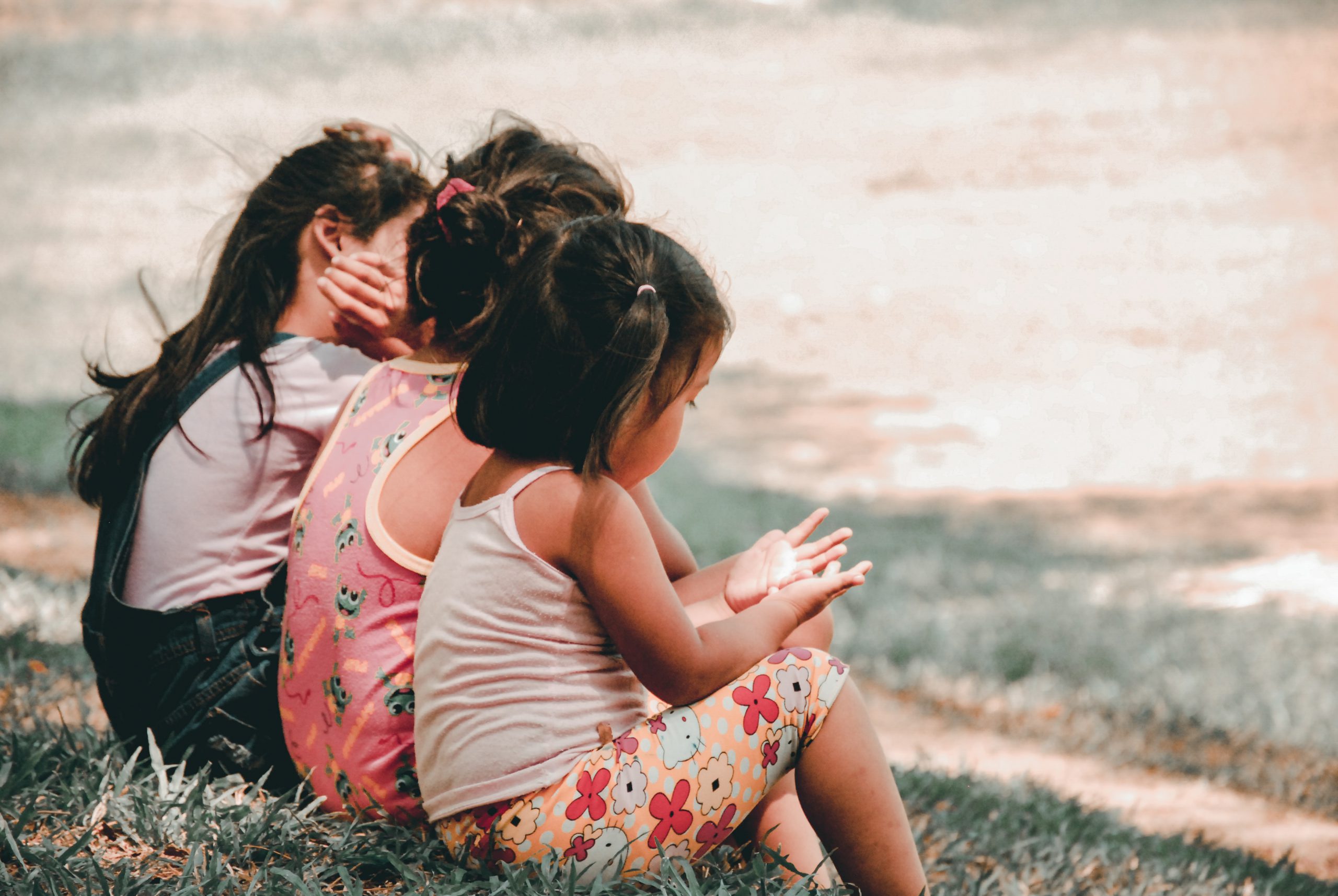

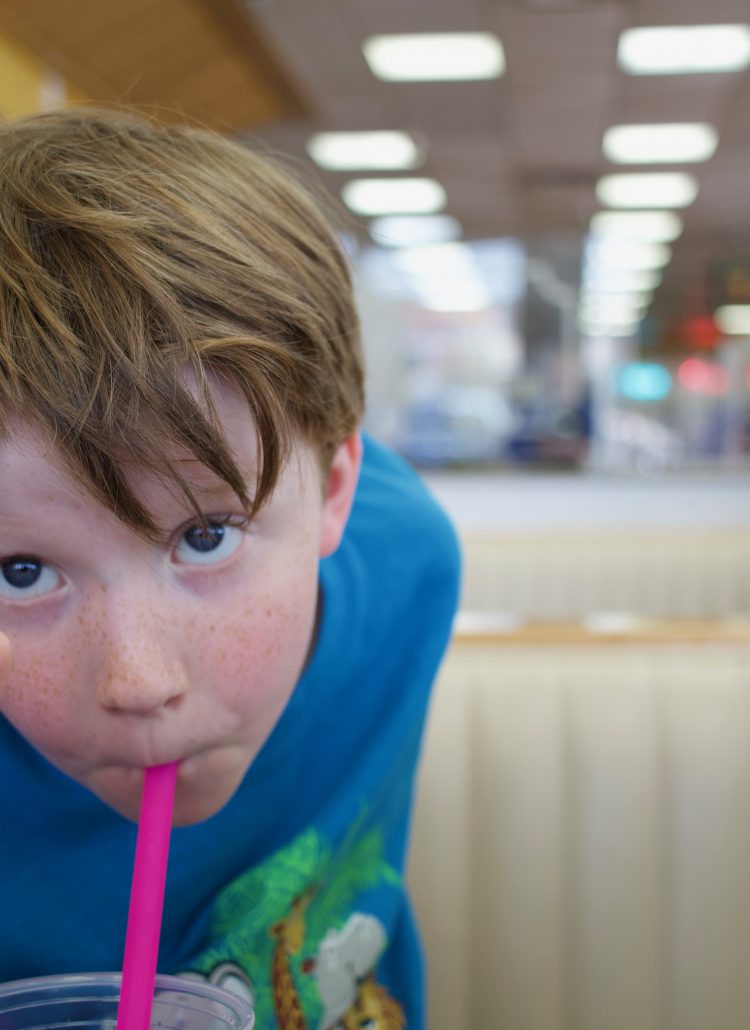
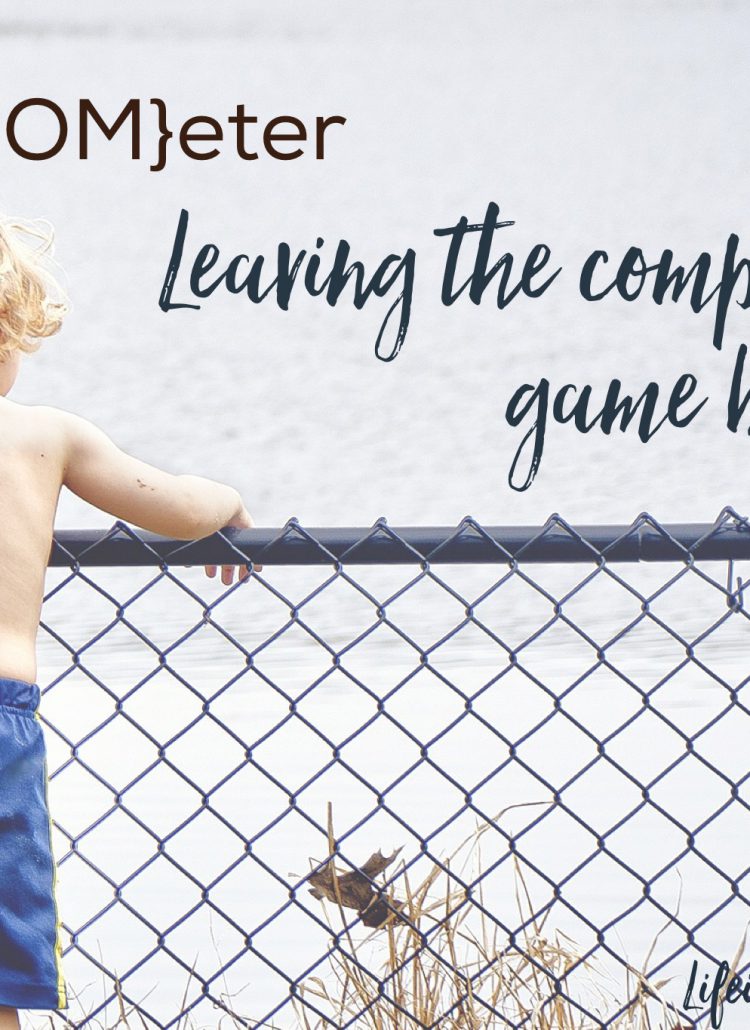

Leave a Reply